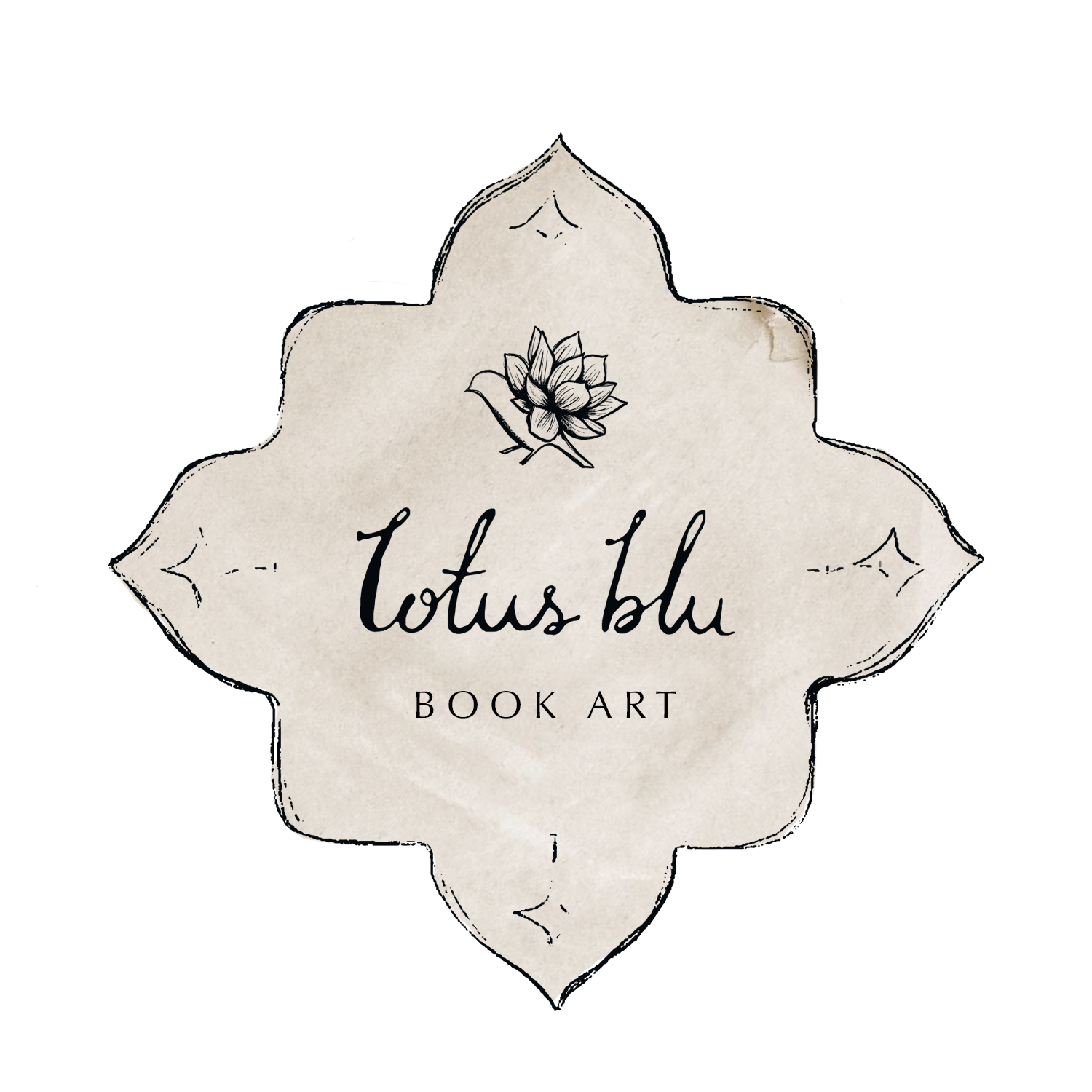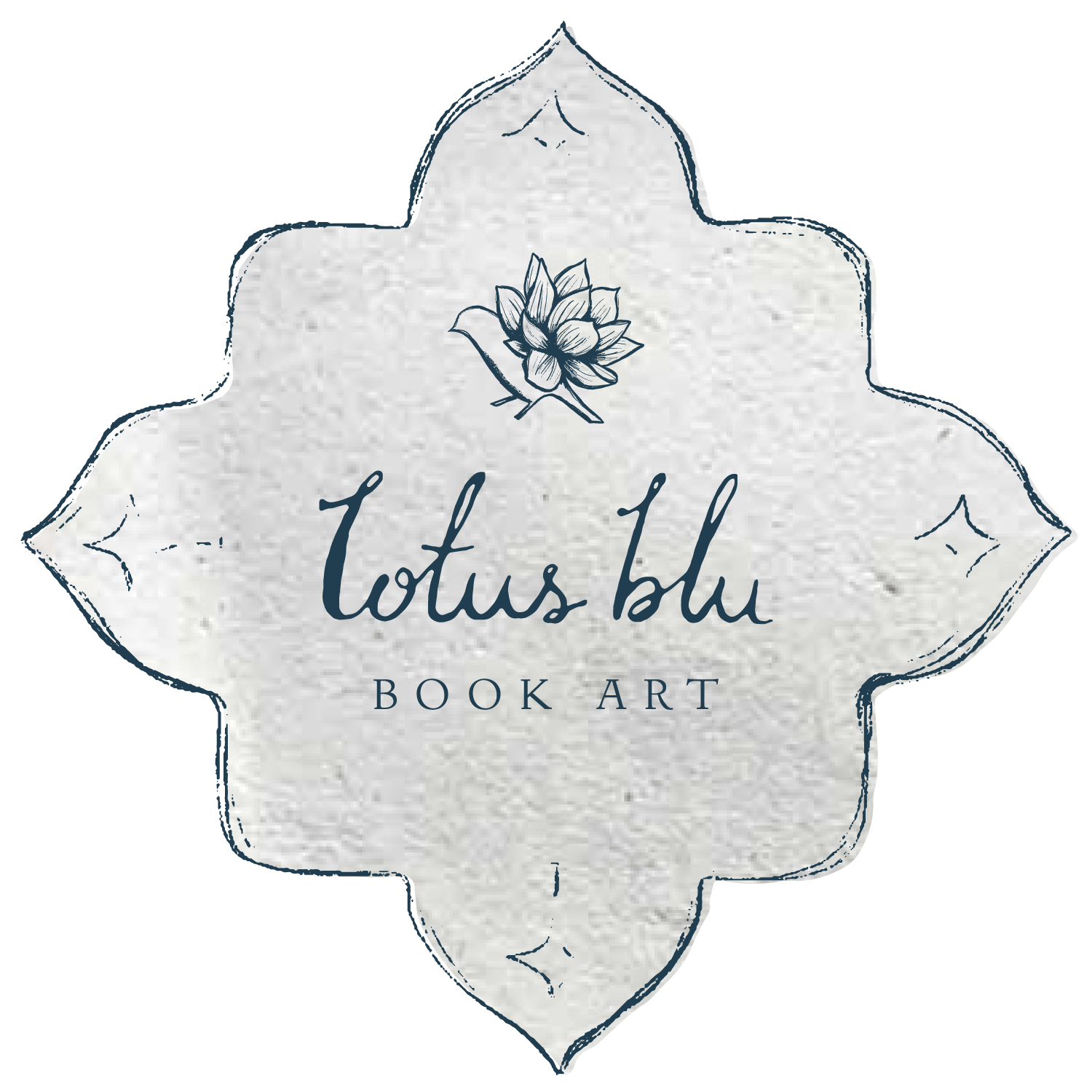Frequently Asked Questions
When does the founding student offer end?
The special founding student offer of £650 will be offered until end of March 2025. This price will never be offered again. Once the course is ready to launch to the general public the price will increase.
Can I pay in installments?
Yes, you can choose to spread the cost over 3 or 6 months, you will still get all the benefits.
What will the course cover, what will I learn?
You’ll acquire the skills and knowledge to enhance and strengthen your future book projects and develop a strong knowledge of bookbinding. You’ll learn to explore different book structures, binding techniques, using different materials, you’ll learn how to improvise using basic hand tools if you don’t want to invest in traditional bookbinding equipment. The course will teach you how to select the right paper and materials for your book design.
Will I have to go through all the lessons before I can complete a book?
The beauty of this course is that even though it will be a comprehensive dive into bookbinding, you’ll be able to pick and choose different lessons from the chapters to make the style of book you have in mind without going through the entire course at once. You can take your time and come back to the lessons to make a different style of book each time.
Will there be a community space?
Yes, there will be a community space which you’ll be invited once the course is ready. This space will be a place to share your learning with other students and where you can lean in for support from your peers and me. I will not be sharing learning content in this space, it will be purely for connection, sharing and celebrating our learning.
Will I have access to all the lessons when the course is ready?
Yes, once the course is ready, founding students will have access to all the lessons inside the course. You will be able to go through the lessons at your own pace with support from me and a community of other students as well as through a series of live Q&A’s meetings which will be recorded and shared inside the group.
When will the course be ready for founding students?
The course is a work in progress, there are already several lessons added for students to go through and new chapters and lessons are being added regularly. I’m aiming to have the course fully completed by the end of Spring 2025.
I took your first course, The Keepsake Book, will any content crossover and do I get a discount?
There is no discount code for students of the Keepsake Book course, as it covers a unique non-traditional bookbinding style that won't be included in the new course. However, if you've taken the Keepsake Book course, you will know about grain direction in paper and making a simple hardback cover. The new course will provide more detail on grain direction in other materials such as leather and cloth, and I share different hardback styles. As a founding student, you can join at a reduced price before the public launch.
Will there any other costs after I pay the founding student fee?
No, the founding student offer is a one-time payment for a lifetime access to all the content, whether you choose to pay in full or in instalments. You won’t have to pay anything afterwards. You will also get any future lessons added to the course for free!
How is this course going to be different from your first course, the keepsake book?
The keepsake book teaches just one particular non-tradtitonal style of binding which is an alternative lay-flat mixed media journal. The new course, The Art of Bookbinding will be very different, it will cover several traditional ways of making books, from single section sketchbooks to larger journals and traditional photo albums, it will cover different sewing techniques, how to sew beautiful endbands, how to work with textiles and leather, and so much more.
I get confused about how to choose the right paper and what even is gsm? Will there be a lesson on this?
YES! There is a whole lesson dedicated to paper! I’ll show you how to choose the right paper for your project, how to understand weight [gsm], which type can run through a printer, from handmade to glassine and everything in between and where to source the most beautiful papers. I will be sharing all my suppliers inside the new course!
Will I really get future updates for free?
Yes, absolutely free! This course will evolve over time with a few bonus lessons added to future launches which will be available on the learning platform for all founding students for free!
This course sounds like it would make a great membership. Would you consider changing it to a membership?
While I agree this new course would make a great membership, but as someone with an autoimmune condition, I don’t have the capacity to organise and run an ongoing membership. However, I have learnt to never say never, it is possible that after running the course for a few years and after gathering insights from past students it could become a membership. What I can say is this, whatever enhancements are made to the course over the years, founding students will have free access to all future versions and updates, even if it becomes a membership you won’t have to pay extra to be part of it.
Can I use the skills I learn in your course to teach in-person classes myself?
Yes, absolutely you can pass on the skills you learn to others in person as long as you aren't actually sharing access to my course content itself. Passing on skills is how we learn and grow creatively, you’ll be part of keeping the art of bookbinding alive by doing so.
What tools and materials will I need, how much will they cost?
Tool and material costs vary by book type and personal preferences, with quality affecting price. You can start with inexpensive basic tools and expand your toolkit as you gain confidence; you won't need everything at once.
A comprehensive list of bookbinding tools, materials and equipment [and how to improvise] will be available to download inside the course, but I have shared an essential list below to give you an idea. Good tools can be found online on Etsy and Ebay, but for better quality, consider buying from Shepherds Bookbinding (UK) consider Talas (USA).
LIST OF TOOLS & MATERIALS.
Tools & Equipment:
Bone Folder: Used for creasing and smoothing paper.
Awl: A pointed tool for creating holes in paper and board.
Scissors: I like to have 3 medium sized different scissors to use for cutting paper, leather and cloth. This way you can keep your scissors sharp for each material.
Scalpel or X-Acto Knife: For cutting paper and board.
Cutting Mat: Protects surfaces while cutting with a knife.
Ruler and T-Square: For measuring and ensuring straight cuts.
Round Tip + Flat Tip Glue Brush: For applying glue evenly.
Binding Needles: Straight and curved ones.
Bookbinding Thread: Unwaxed linen thread for sewing, preferably in a natural colour. You can add other colours later.
Thread for Endbands [silk or cotton]: For hand sewing decorative endbands I like using silk threads, but you can use practically any kind of thread and thickness. This is something that will be discussed in the course.
Pressing Boards + Weights: To compress and flatten the book during drying, you can use bricks covered with paper or find weights in thrift stores. Alternatively you can have MDF board cut to 20x30cm at your local DIY store.
Materials:
Bookbinding Glue/Paste: Acid-free adhesive such as PVA.
Bookboard/Grey Board/Millboard: Sturdy material for book covers.
Book Cloth or Leather: Material for covering the book, you can use your own fabric as I will also be teaching how to make your own bookcloth.
Endpapers: Decorative sheets at the beginning and end of a book, you can buy patterned papers or even print and paint your own.
Text Block Paper: Sheets for the main content of the book, this is personal preference depending on they type of book you want to make.
Ribbon: For bookmarks or tying around the book if you like that sort of look.
Mull or Super: A starched cheesecloth used to reinforce the spine. You can also recycle old muslin scarves or use any thin material.
Backing Material: Paper used on the spine for reinforcement.

